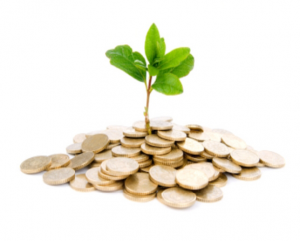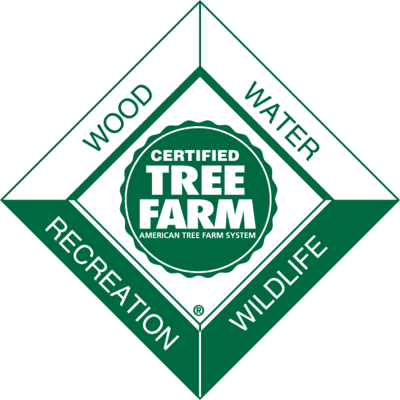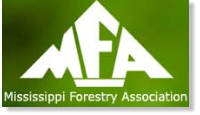By Clive Suckling and Chris Knight, PricewaterhouseCoopers LLP:
Traditionally timberland as an asset class rarely featured in institutional investment portfolios. However, there are more opportunities to invest in timberland and, as institutions seek genuine diversification and ‘green’ investments move up their agendas, timberland can represent an attractive alternative investment to equities and bonds. Although timberland may provide immediate cash returns, they are by their nature primarily for the long-term investor, which may also promote sustainability and social responsibility.
Historically, large-scale private ownership of timberland had been mainly limited to integrated forest-products companies which owned forests to secure timber supplies. Although there had been divestments earlier, during the 1990s the sell-off of these forest assets in the US accelerated under the pressure on forest-products companies to enhance investor returns. The main buyers were a type of private equity vehicle called timber investment management organisations (TIMOs). TIMOs, some of which had been around for many years to provide tax-efficient investment in timberland for wealthy individuals, scaled up with institutional money to acquire these assets.
The progressive sell-off of timberland by forest-products companies in the US has resulted in TIMOs becoming major owners in US forest land, and as a result we have seen institutional investment in timberland grow hugely in the last ten or so years. In the US, timberland assets can now comprise perhaps 1–2 percent of some of the major pension fund portfolios. The popularity of timberland investment has spread, and in recent years there has been a significant growth in the number of non-US based timberland investment vehicles. There is also a choice of investment routes beyond the pooled TIMO funds including TIMO co-managed funds, listed fund vehicles, as well as direct investment for those institutions with the specialist skills.
The timberland investment universe comprises a diverse range of assets from managed native forests in developed temperate regions to plantations in emerging tropical regions. Regardless, there are essentially three drivers of return; two of these (timber value and land value) have their equivalents in mainstream real estate investment, but the third and usually largest component of return (biological transformation) is what sets timberland apart. Timber assets literally grow despite the prevailing economic environment, which explains both the relatively low volatility of returns and why investors worldwide see timberland as a counter-cyclical investment. The interaction between timber value and biological growth is important. Timber prices are cyclical, as the huge swings in US sawn timber prices over the past ten years for example demonstrate vividly; however, when log prices dip, timber can literally be ‘stored on the stump’, where it will continue to grow and increase in value.
Read more of this article here.







Speak Your Mind